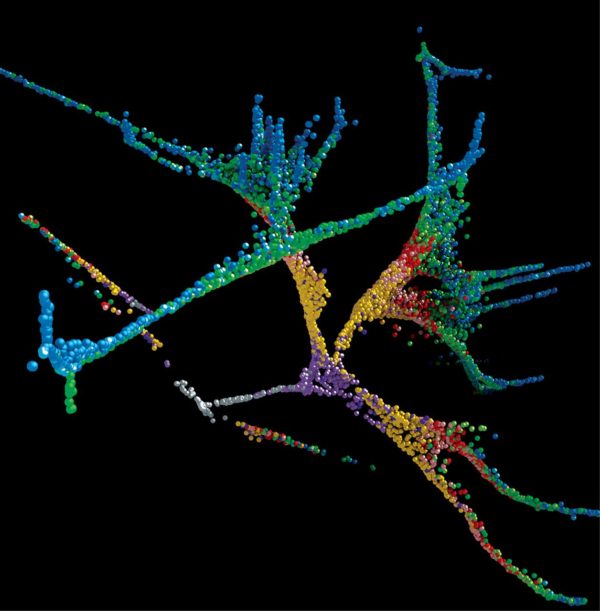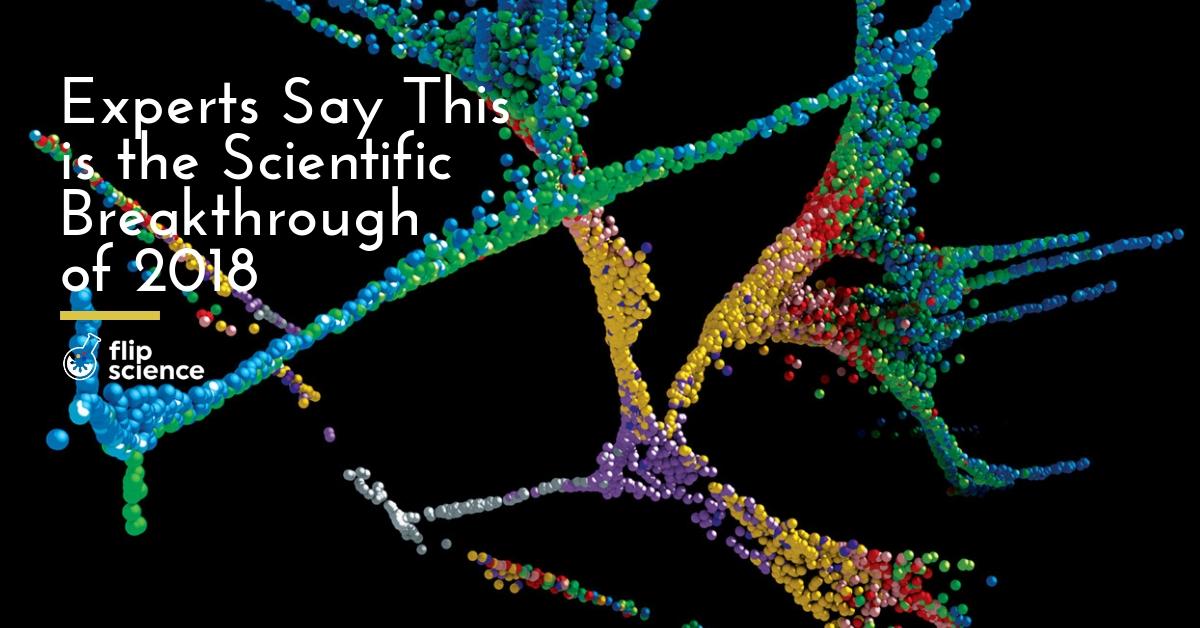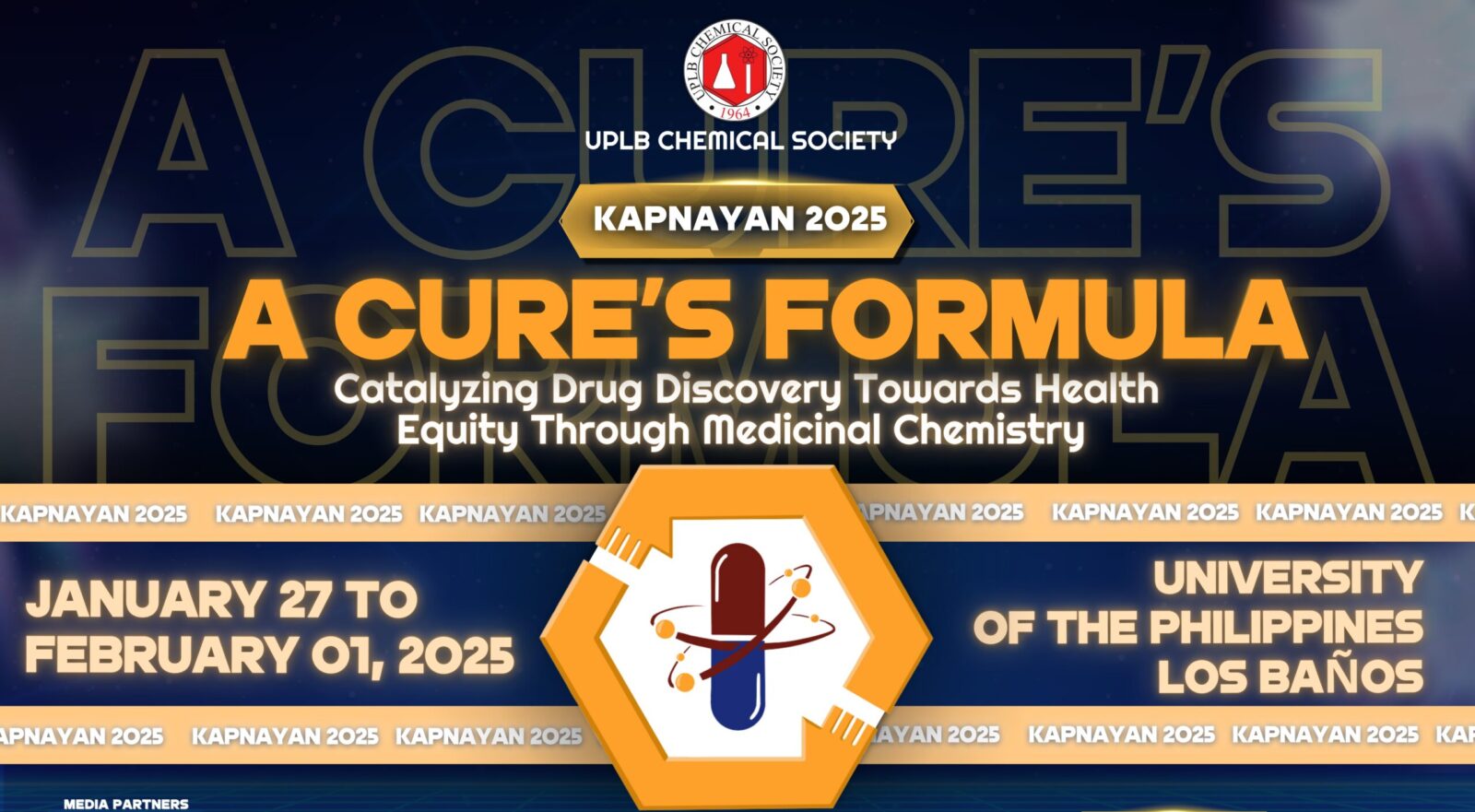• According to the journal Science, new technologies for tracking cell-by-cell DNA development are the “Breakthrough of the Year” for 2018.
• These technologies involve living cell isolation, efficient genetic sequencing, and cell labeling via computers.
• By studying how other organisms create organs and appendages, scientists hope to advance what we know about human cells.
This year, researchers found that the cells of frogs, flatworms, fish, and other living organisms may hold the key to regenerating organs and even curb-stomping cancer. According to experts, these new technologies may give us a better idea of how the human body ages, heals itself from injuries, and develops diseases.
Impressive, isn’t it? Readers of the US journal Science certainly seem to think so. In fact, after polling about 12,000 readers, techniques for tracking cell-by-cell DNA development emerged as the magazine’s “Breakthrough of the Year” for 2018.
Cellular symphony
The report, published last December 21, compares the combination of technologies to an ensemble, wherein each instrument contributes to the overall harmony.
“Just as a music score indicates when strings, brass, percussion, and woodwinds chime in to create a symphony, a combination of technologies is revealing when genes in individual cells switch on, cueing the cells to play their specialized parts,” said the report.
There are three main components of these advances in tracking cellular development. The first involves technologies for isolating thousands of intact cells from living subjects. The second includes techniques for efficient genetic sequencing in each cell. Meanwhile, the ability to reconstruct their two-dimensional relationships via computer labeling is the third factor.
Science Editor in Chief Jeremy Berg cites the work of Nobel laureate John Sulston and his colleagues as the foundation of these methods. The experts “mapped the development of the roundworm Caenorhabditis elegans by painstakingly watching larvae mature cell by cell through microscopes.”
Berg explained that through modern technologies, researchers employed tag-analyze-assemble methods to map the roundworm’s cells. This illustrates how these new techniques make remarkable advances in genetic research possible.

A color-coded reconstruction of cell lineages in a zebrafish embryo. (Image: Jeffrey Farrell and Yiqun Wang/Schier Lab/Harvard University)
More breakthroughs
Now, researchers across the world are studying how they can apply these same methods to human cells. The Human Cell Atlas is an international collective working on identifying, locating, and studying all human cell types.
Other examples are ongoing efforts to study kidney cell types, how maternal and fetal cells affect one another during pregnancy, and the LifeTime consortium’s cell-by-cell examination of disease development.
The report sums it up quite handily: “The single-cell revolution is just starting.”
Cover photo: Schier Lab/Harvard University
References
- science.sciencemag.org/content/362/6421/1344
- https://www.thejakartapost.com/life/2018/12/21/cell-by-cell-dna-science-is-breakthrough-of-2018.html
Author: Mikael Angelo Francisco
Bitten by the science writing bug, Mikael has years of writing and editorial experience under his belt. As the editor-in-chief of FlipScience, Mikael has sworn to help make science more fun and interesting for geeky readers and casual audiences alike.







